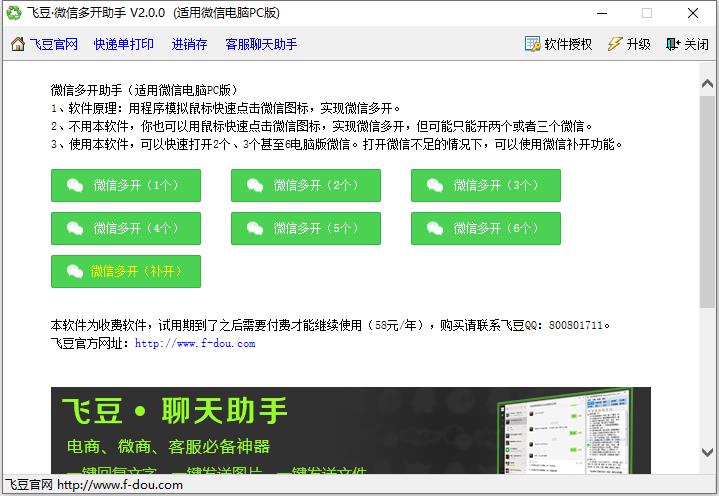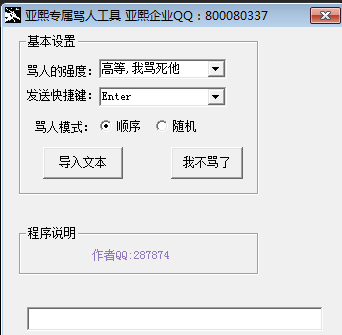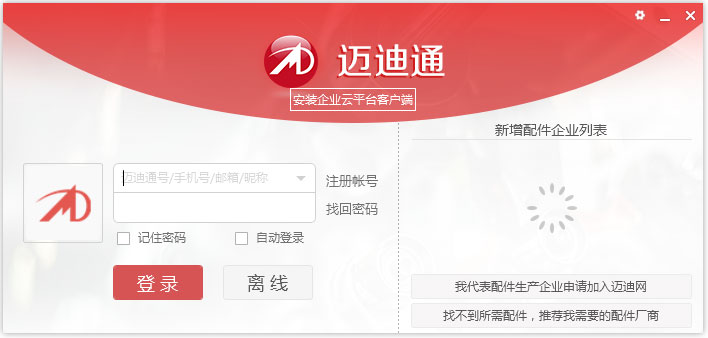golang请求参数格式
时间:2023-05-13 18:26
在Golang中,我们经常需要使用HTTP协议进行数据交互。在HTTP请求中,请求参数是非常常见的,因此正确的请求参数格式对于后端开发人员来说是非常重要的。 那么,Golang中的请求参数格式有哪些呢?下面将通过代码示例来详细介绍。 表单形式请求参数是最常见的请求参数形式之一。通常场景下,我们会使用POST请求来发送表单数据,请求参数会被封装在请求体中。 下面是使用 在上面的示例中,我们通过 除了表单形式请求参数之外,还有一种常见的请求参数形式是JSON。在RESTful API中,JSON格式的请求参数已经成为了行业标准。 接下来我们通过 在上面的示例中,我们首先定义了一个 Query参数是直接添加在URL后面的参数,例如: 在上面的示例中,我们使用 Path参数是直接添加在URL路径中的参数,例如: 在上面的示例中,我们使用正则表达式 以上就是Golang中请求参数的常见格式及其例子。根据自己的实际需要,选择合适的请求参数格式来进行数据传递,可以使我们的应用更加高效和稳定。 以上就是golang请求参数格式的详细内容,更多请关注Gxl网其它相关文章!表单形式请求参数
net/http库的示例代码:package mainimport ( "log" "net/http")func main() { http.HandleFunc("/login", func(w http.ResponseWriter, r *http.Request) { username := r.PostFormValue("username") password := r.PostFormValue("password") log.Printf("username: %s, password: %s", username, password) }) log.Fatal(http.ListenAndServe(":8080", nil))}r.PostFormValue()方法来获取表单中的参数。该方法会自动解析请求体中的表单参数,并将其存放到一个map中。JSON形式请求参数
encoding/json库来解析JSON格式的请求参数:package mainimport ( "encoding/json" "log" "net/http")type User struct { Username string `json:"username"` Password string `json:"password"`}func main() { http.HandleFunc("/login", func(w http.ResponseWriter, r *http.Request) { var user User err := json.NewDecoder(r.Body).Decode(&user) if err != nil { http.Error(w, err.Error(), http.StatusBadRequest) return } log.Printf("username: %s, password: %s", user.Username, user.Password) }) log.Fatal(http.ListenAndServe(":8080", nil))}User结构体,然后使用json.NewDecoder()方法来解析请求体中的JSON数据。通过解析后,我们可以轻松地获取到用户提交的实际数据。Query参数
http://example.com/path?name=value。常见的查询操作都是通过Query参数来完成的。在Golang中,我们可以使用net/url库来解析Query参数:package mainimport ( "log" "net/http" "net/url")func main() { http.HandleFunc("/search", func(w http.ResponseWriter, r *http.Request) { query := r.URL.Query() name := query.Get("name") minPrice := query.Get("minPrice") maxPrice := query.Get("maxPrice") log.Printf("name: %s, minPrice: %s, maxPrice: %s", name, minPrice, maxPrice) }) log.Fatal(http.ListenAndServe(":8080", nil))}r.URL.Query()方法获取到URL后面的查询参数,并使用Get()方法获取对应参数的值。Path参数
http://example.com/path/{name}。在Golang中,我们可以使用net/http库配合正则表达式来获取Path参数:package mainimport ( "log" "net/http" "regexp")func main() { http.HandleFunc("/users/", func(w http.ResponseWriter, r *http.Request) { re := regexp.MustCompile(`/users/(d+)`) match := re.FindStringSubmatch(r.URL.Path) if match == nil { http.NotFound(w, r) return } id := match[1] log.Printf("user id: %s", id) }) log.Fatal(http.ListenAndServe(":8080", nil))}/users/(d+)来匹配URL路径中的数字,并通过FindStringSubmatch()方法来获取匹配结果。这样,我们就可以轻松地获取到Path参数了。总结



























